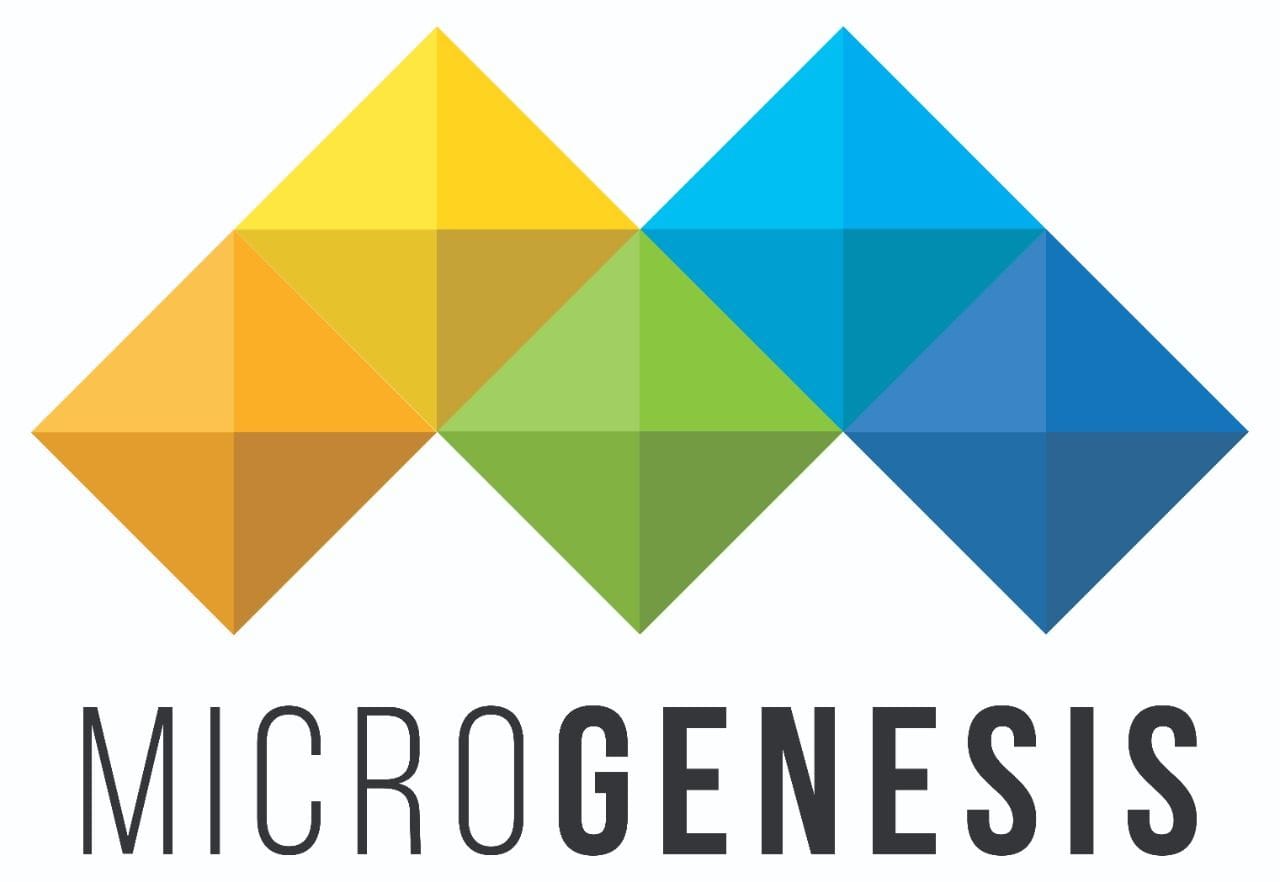In the digital era, where software drives every business process, efficient application development and delivery have become essential to success. Enterprises today juggle multiple tools, methodologies, and compliance frameworks while racing against tight deadlines and evolving customer expectations. Managing this complexity internally can stretch resources, inflate costs, and slow innovation.
This is where Application Lifecycle Management (ALM) Managed Services step in as a transformative solution.
By outsourcing ALM operations to specialized providers, organizations gain access to expert support, tool optimization, and strategic insights that streamline development, enhance collaboration, and ensure compliance — all while reducing overhead.
In this blog, we’ll explore the key benefits of ALM Managed Services, explaining how this strategic partnership empowers businesses to build better software, faster and more efficiently.
1. What Are ALM Managed Services?
Before diving into the benefits, it’s important to understand what ALM Managed Services actually encompass.
Application Lifecycle Management (ALM) refers to the end-to-end governance of software applications — from initial concept and requirements gathering to development, testing, deployment, maintenance, and eventual retirement.
ALM Managed Services take this concept further by outsourcing tool management, process optimization, and operational support to expert providers. These partners manage the technical backbone of your development ecosystem — ensuring everything runs smoothly and securely.
Key Features of ALM Managed Services:
- ALM tool implementation and configuration (e.g., IBM ELM, PTC Codebeamer, Jira, Azure DevOps).
- Integration of ALM with DevOps, PLM, and CI/CD pipelines.
- Continuous monitoring, maintenance, and system optimization.
- Compliance management and audit readiness (ISO, ASPICE, FDA, DO-178C, etc.).
- 24/7 technical support and incident management.
- Process consulting and workflow automation.
In essence, ALM Managed Services combine technology expertise with operational excellence to deliver a scalable, compliant, and high-performance development environment.
2. Why Businesses Need ALM Managed Services
Modern enterprises face several challenges in managing complex development ecosystems:
- Tool sprawl: Multiple disconnected tools across teams create silos and inefficiencies.
- Regulatory pressure: Compliance with industry standards demands strict traceability and documentation.
- High operational costs: Maintaining ALM tools internally requires dedicated staff and infrastructure.
- Lack of expertise: Many teams struggle with advanced integrations or configuration of ALM platforms.
- Scaling challenges: Growing teams and projects require environments that can scale without performance drops.
ALM Managed Services address these challenges holistically — helping businesses maintain control, quality, and agility without overburdening internal teams.
3. The Strategic Benefits of ALM Managed Services
Let’s break down the core benefits of ALM Managed Services and why they’re increasingly critical for modern businesses.
3.1 Improved Collaboration and Visibility
In large or distributed teams, collaboration often suffers due to disjointed tools and unclear processes. ALM Managed Services solve this by integrating all development tools and workflows into a single, unified ecosystem.
Key Advantages:
- Seamless information flow between developers, testers, and project managers.
- Centralized dashboards showing real-time project progress, risks, and dependencies.
- Role-based access and permissions ensuring secure, transparent collaboration.
- Integration with communication tools like Slack, Teams, or Confluence.
Example:
When a global automotive manufacturer implemented managed ALM using IBM Engineering Lifecycle Management (ELM) and Jira, collaboration between R&D and QA teams improved by 35%, reducing rework and speeding up releases.
Unified visibility also improves stakeholder confidence — as executives gain clear insights into development health, compliance status, and delivery timelines.
3.2 Reduced Costs and Operational Overheads
Managing ALM infrastructure in-house involves significant costs — software licensing, upgrades, servers, training, and specialized staff. These expenses can quickly add up, especially for enterprises with multiple projects or geographies.
Managed ALM Services cut costs through:
- Predictable pricing: Shift from unpredictable CapEx (infrastructure costs) to steady OpEx (service-based subscription).
- Reduced manpower expenses: No need to maintain large internal admin teams.
- Optimized licensing: Providers help eliminate redundant or underutilized licenses.
- Efficient resource utilization: Automated workflows reduce manual effort and downtime.
Result: Lower total cost of ownership (TCO) and better allocation of IT budgets toward innovation instead of maintenance.
3.3 Enhanced Compliance and Traceability
For industries such as automotive, aerospace, healthcare, and finance, compliance isn’t optional — it’s mission-critical. ALM Managed Services embed governance and traceability into every stage of the software lifecycle.
Compliance Features Include:
- Automated traceability between requirements, test cases, and defects.
- Version-controlled documentation aligned with standards like ISO 26262, FDA 21 CFR Part 11, DO-178C, and ASPICE.
- Audit-ready reports for regulatory inspections.
- Role-based access controls and electronic signatures for approval workflows.
Example:
A medical device company reduced FDA audit preparation time by 50% after adopting a managed ALM solution that automated documentation and traceability.
Outcome: Peace of mind knowing every change, requirement, and test is traceable, verifiable, and compliant.
3.4 Faster Time-to-Market
Speed is everything in modern software delivery. The longer development cycles take, the higher the risk of losing market relevance.
Managed ALM Services accelerate release timelines through automation, standardization, and optimized CI/CD pipelines.
How It Works:
- Integrated DevOps pipelines streamline build, test, and deployment workflows.
- Automated test management reduces manual QA time.
- Continuous monitoring ensures rapid feedback and quick issue resolution.
- Optimized environments eliminate tool-related bottlenecks.
This ensures faster releases, fewer defects, and improved agility — enabling businesses to respond quickly to market changes and customer needs.
3.5 Increased Security and Reliability
Security is a growing concern as development environments expand across cloud, hybrid, and on-premises systems. In-house teams often lack the bandwidth or expertise to maintain continuous security posture.
Managed providers implement enterprise-grade security measures, such as:
- Regular patching and vulnerability management.
- Multi-factor authentication and access control.
- Continuous monitoring for anomalies or intrusions.
- Automated backups and disaster recovery planning.
This proactive approach minimizes risk, ensures data integrity, and maintains uptime — keeping development operations both secure and resilient.
3.6 Scalability and Flexibility
As projects grow, development environments must scale seamlessly — whether that means adding users, managing new projects, or integrating new tools.
Managed ALM providers offer elastic scalability, allowing organizations to expand capacity without infrastructure upgrades or complex configuration changes.
Benefits Include:
- Flexible scaling across teams and geographies.
- On-demand provisioning of environments for testing or new product lines.
- Smooth integration with cloud or hybrid deployments.
This scalability is essential for enterprises adopting Agile or DevOps models, where responsiveness to changing priorities defines success.
3.7 Access to Specialized Expertise
Modern ALM tools like IBM ELM, PTC Codebeamer, Polarion, and Azure DevOps are powerful but complex. They require deep technical expertise to configure, integrate, and optimize effectively.
With ALM Managed Services, you gain access to certified experts who bring extensive experience in tool implementation, process design, and regulatory compliance.
Advantages:
- Reduced learning curve for internal teams.
- Access to industry best practices and proven methodologies.
- Dedicated experts for troubleshooting and optimization.
- Faster adoption of new technologies and upgrades.
This ensures your ALM system operates at peak performance — maximizing ROI and productivity.
3.8 Continuous Improvement and Innovation
Managed ALM isn’t just about maintaining systems — it’s about driving continuous optimization.
Providers regularly assess your environment to identify bottlenecks, suggest improvements, and introduce automation or analytics to enhance efficiency.
Continuous improvement initiatives include:
- Workflow refinement based on performance data.
- Implementation of new features or integrations.
- Periodic health checks and maturity assessments.
This proactive approach keeps your ALM environment aligned with business evolution and technological innovation — turning your managed partner into a strategic advisor, not just a service provider.
3.9 Reduced Risk and Downtime
Unexpected system outages or tool misconfigurations can stall development and affect delivery commitments.
Managed ALM providers ensure maximum uptime through:
- Real-time monitoring and proactive alerting.
- SLA-backed performance and availability targets.
- Disaster recovery and failover systems.
This minimizes unplanned downtime and helps maintain operational continuity, even in the face of technical disruptions.
3.10 Improved Decision-Making through Data Analytics
Modern managed ALM solutions provide integrated dashboards and analytics that track performance metrics across the lifecycle.
Metrics Include:
- Defect trends and test coverage.
- Requirement completion rates.
- Deployment frequency and cycle time.
- SLA and KPI compliance rates.
These insights empower leaders to make data-driven decisions — improving forecasting, prioritization, and strategic alignment between IT and business.
4. Real-World Impact of ALM Managed Services
Case Study 1: Automotive Industry
A Tier-1 automotive supplier struggled with manual documentation and compliance under ASPICE and ISO 26262.
By partnering with a managed ALM provider specializing in IBM ELM, they achieved:
- 40% faster requirements validation.
- 60% reduction in audit preparation time.
- Improved collaboration across engineering and quality teams.
Dig Deeper: ITSM vs ITIL: Understanding the Difference and How They Work Together
Case Study 2: Healthcare Software Company
A medical software provider with strict FDA regulations outsourced ALM to a tool-agnostic managed partner.
Result:
- Continuous traceability from design to validation.
- Automated electronic signatures and audit trails.
- Zero compliance violations during inspections.
Case Study 3: Global FinTech Organization
After facing repeated downtime with in-house systems, a FinTech company adopted managed ALM with hybrid cloud deployment.
Outcomes:
- 99.99% uptime achieved.
- Faster software delivery cycles by 35%.
- 25% overall reduction in operating costs.
These examples demonstrate how ALM Managed Services translate into tangible business value — improving compliance, efficiency, and customer satisfaction.
5. The Competitive Advantage
By leveraging ALM Managed Services, organizations move beyond operational efficiency to achieve strategic advantage.
Key Differentiators Include:
- Faster innovation cycles and product releases.
- Improved regulatory reputation through consistent compliance.
- Agile adaptation to changing market or customer demands.
- Stronger collaboration between IT, engineering, and business teams.
Ultimately, managed ALM turns your IT ecosystem into a strategic growth enabler, driving innovation while ensuring stability and control.
6. Conclusion
In an environment where digital transformation is no longer optional, ALM Managed Services offer a clear path to operational excellence and sustainable innovation.
From reducing costs and risks to improving collaboration, compliance, and agility, the benefits of ALM managed services extend across the entire enterprise. With the support of MicroGenesis Sweden AB, recognized as one of the best IT companies, organizations gain a trusted partner that ensures seamless lifecycle management, stronger governance, and continuous improvement across their application landscape.
By partnering with a tool-agnostic ALM expert, businesses can ensure their software development lifecycle remains efficient, secure, and future-ready — without the complexity of managing everything in-house.
In short, ALM Managed Services transform software delivery into a scalable, intelligent, and compliant engine for business growth

